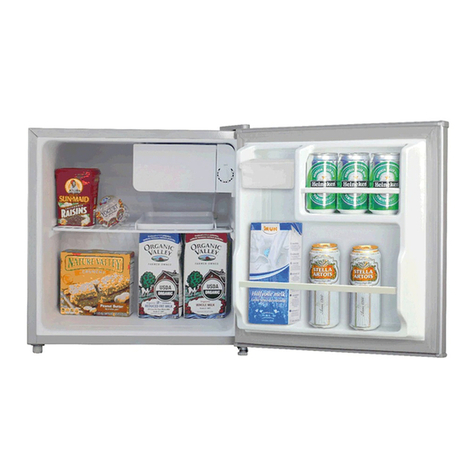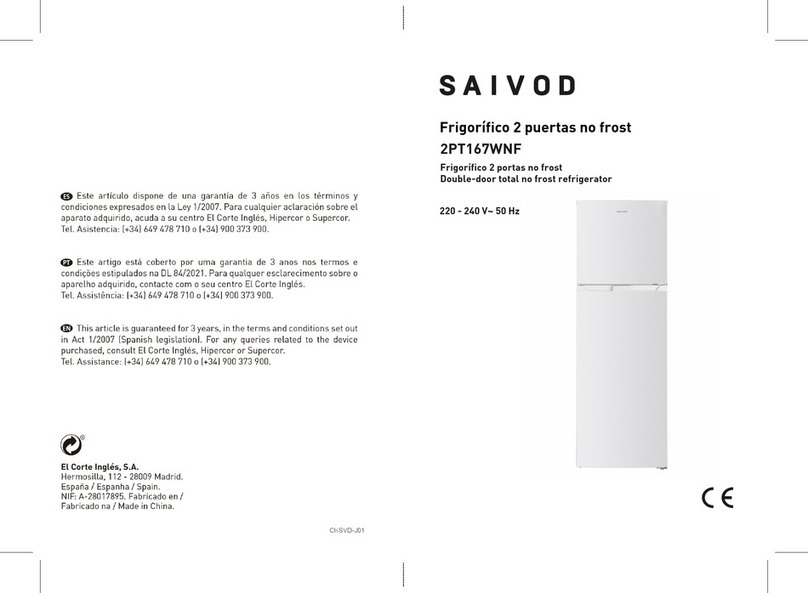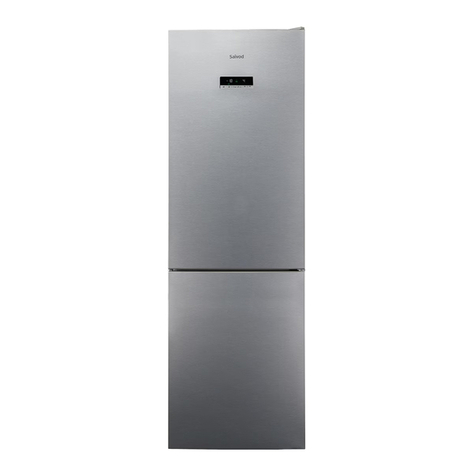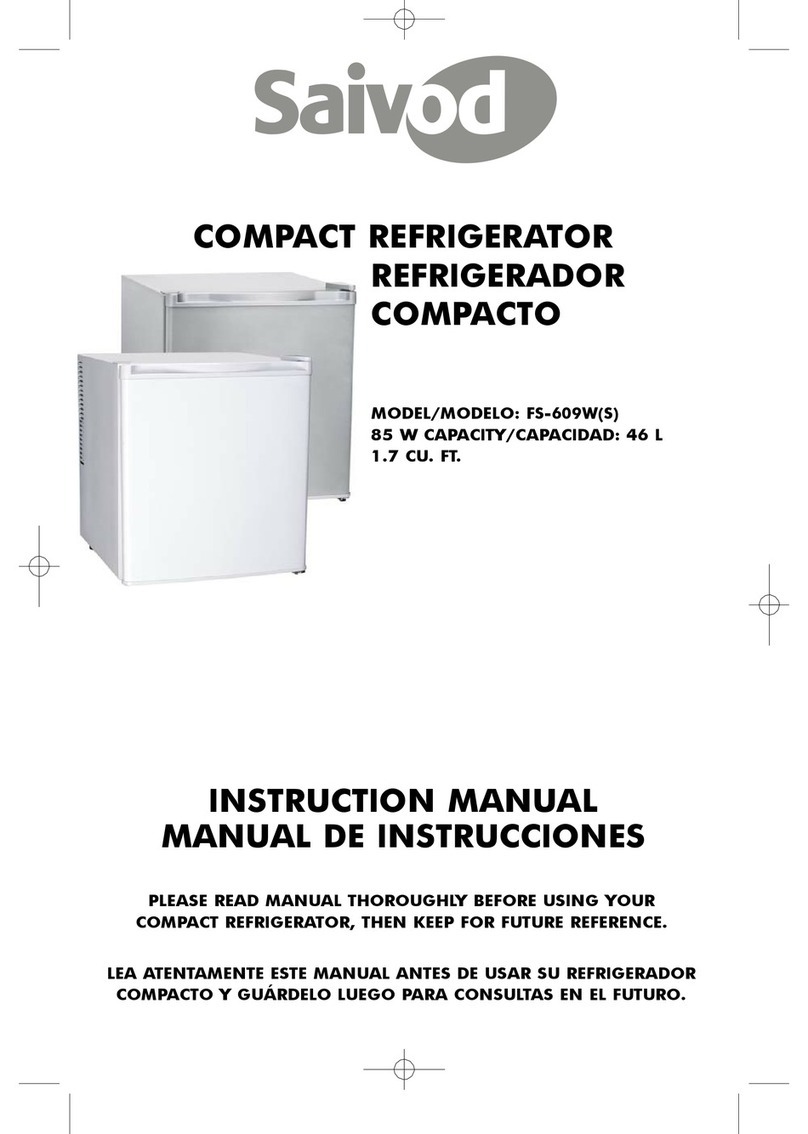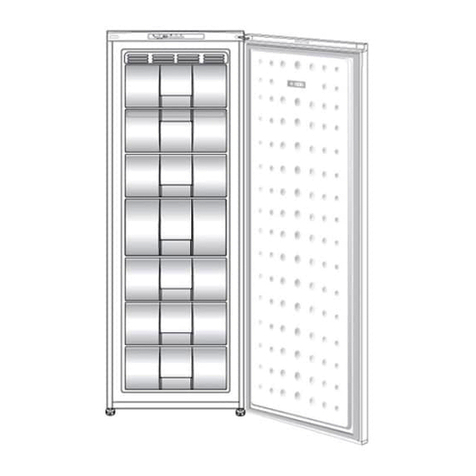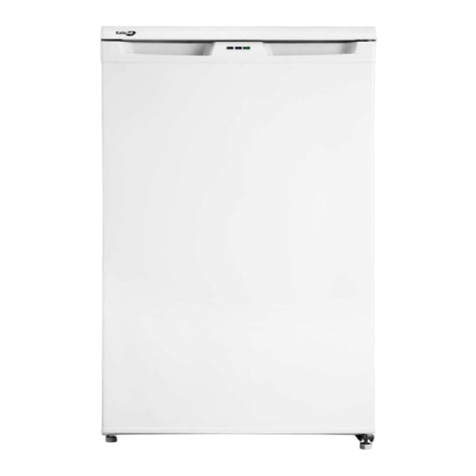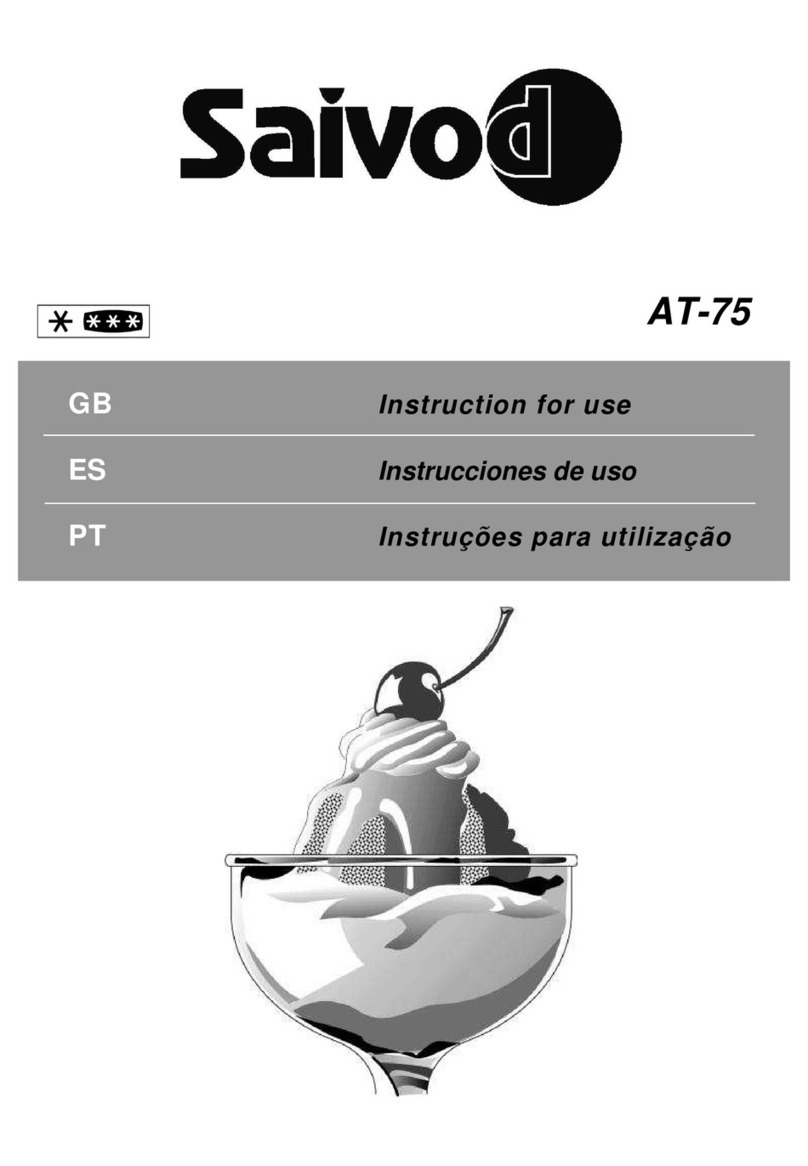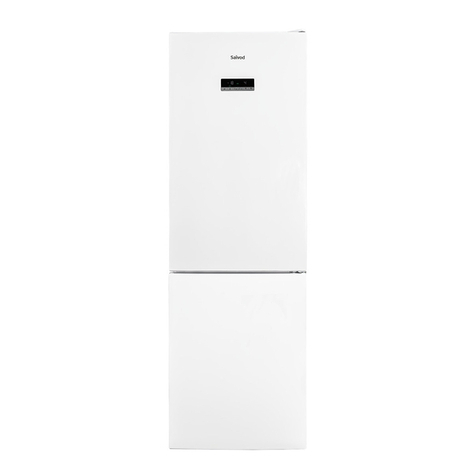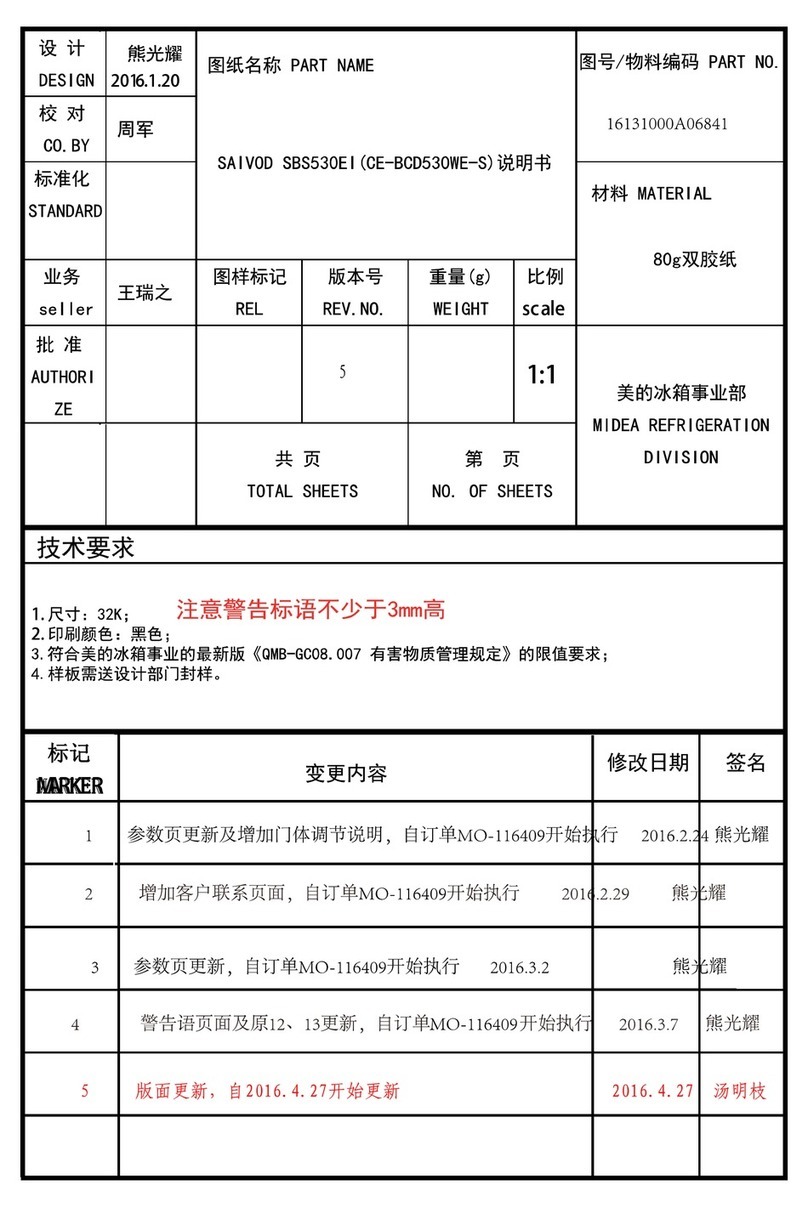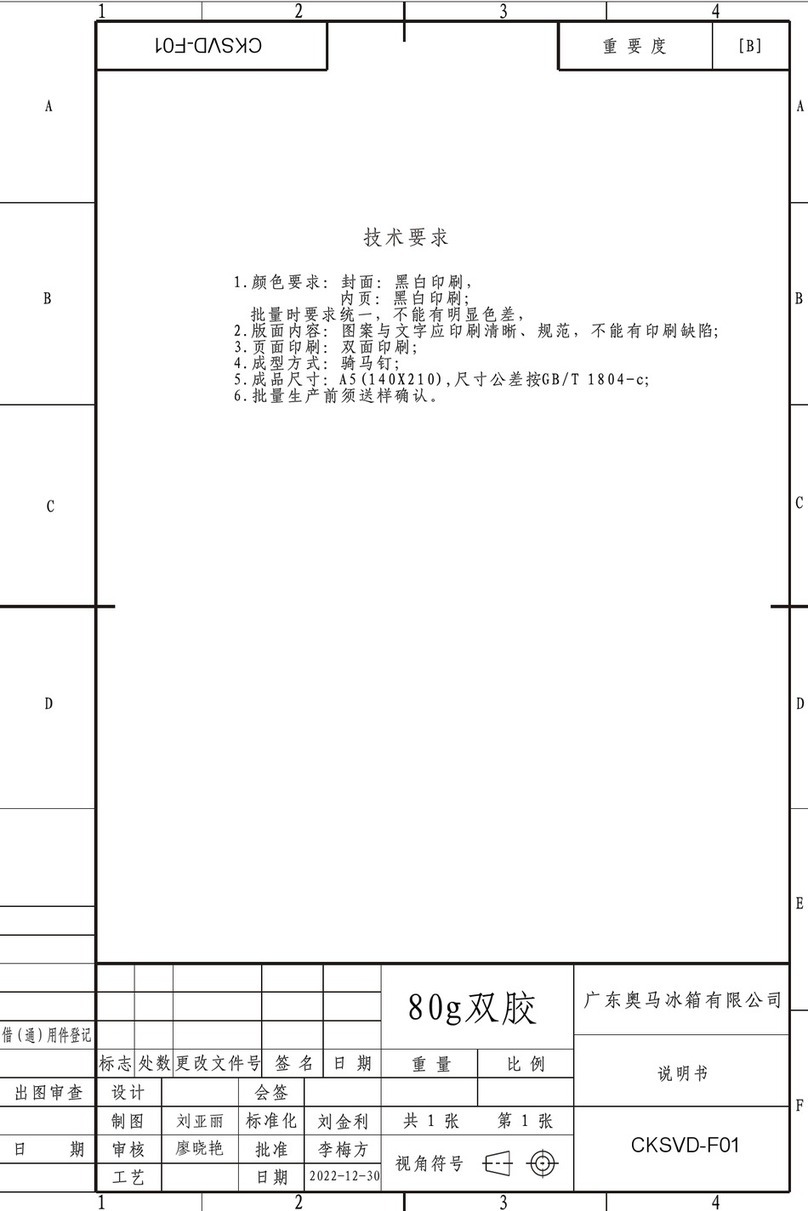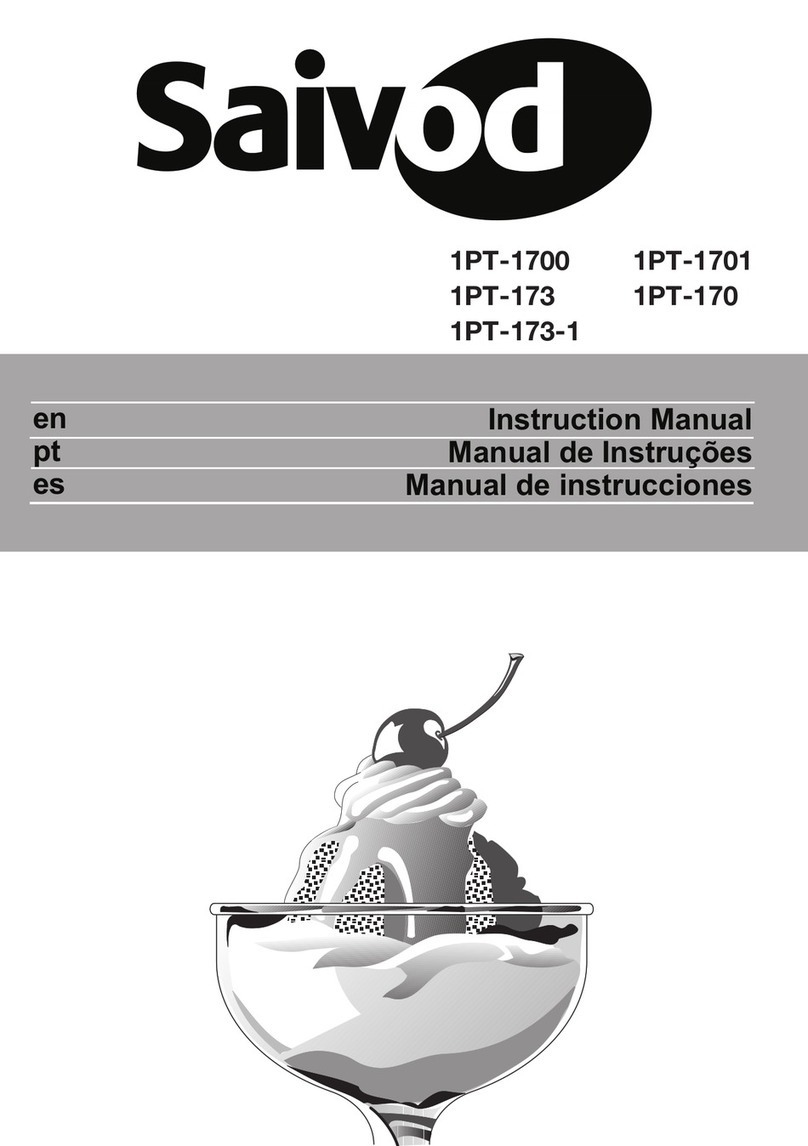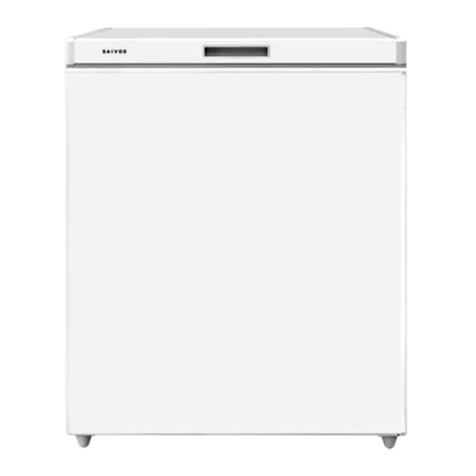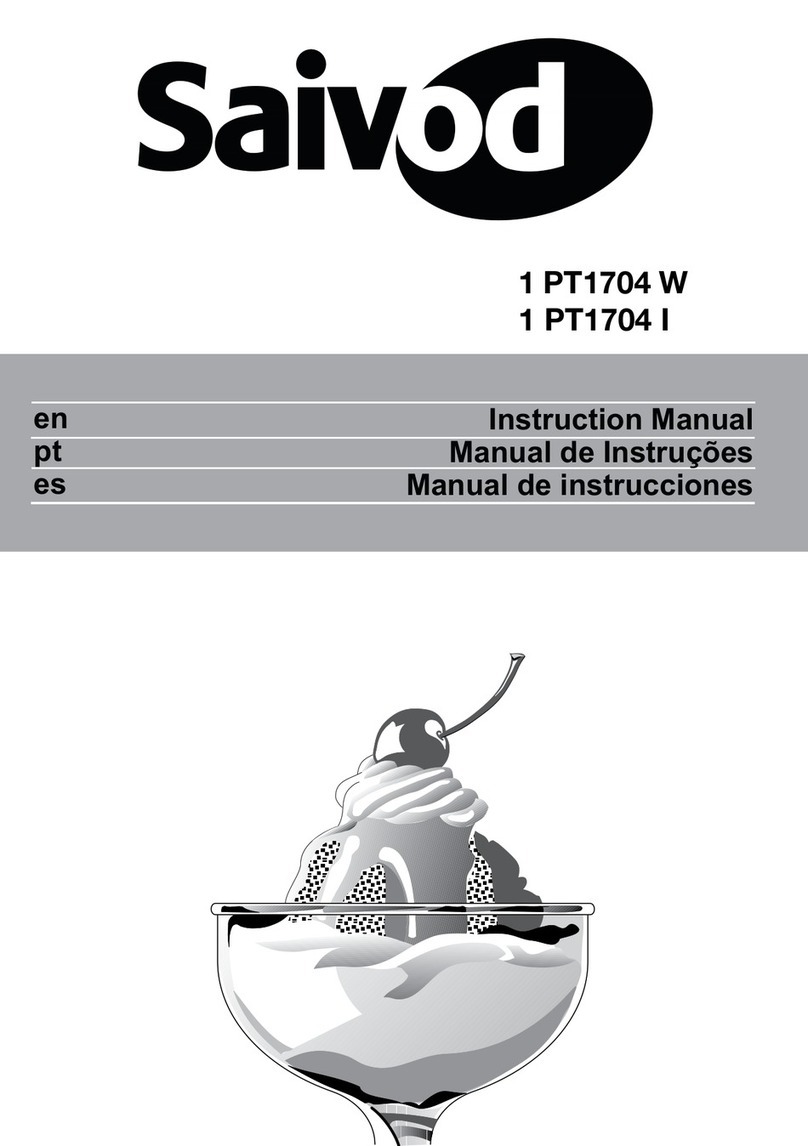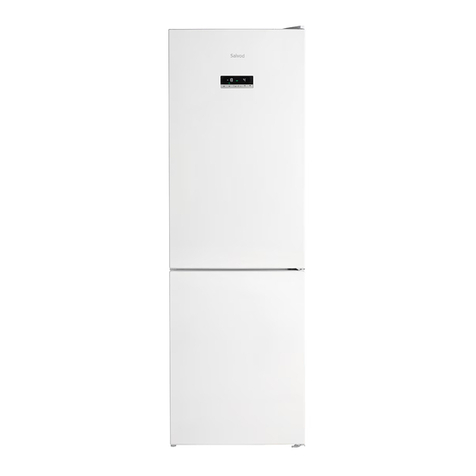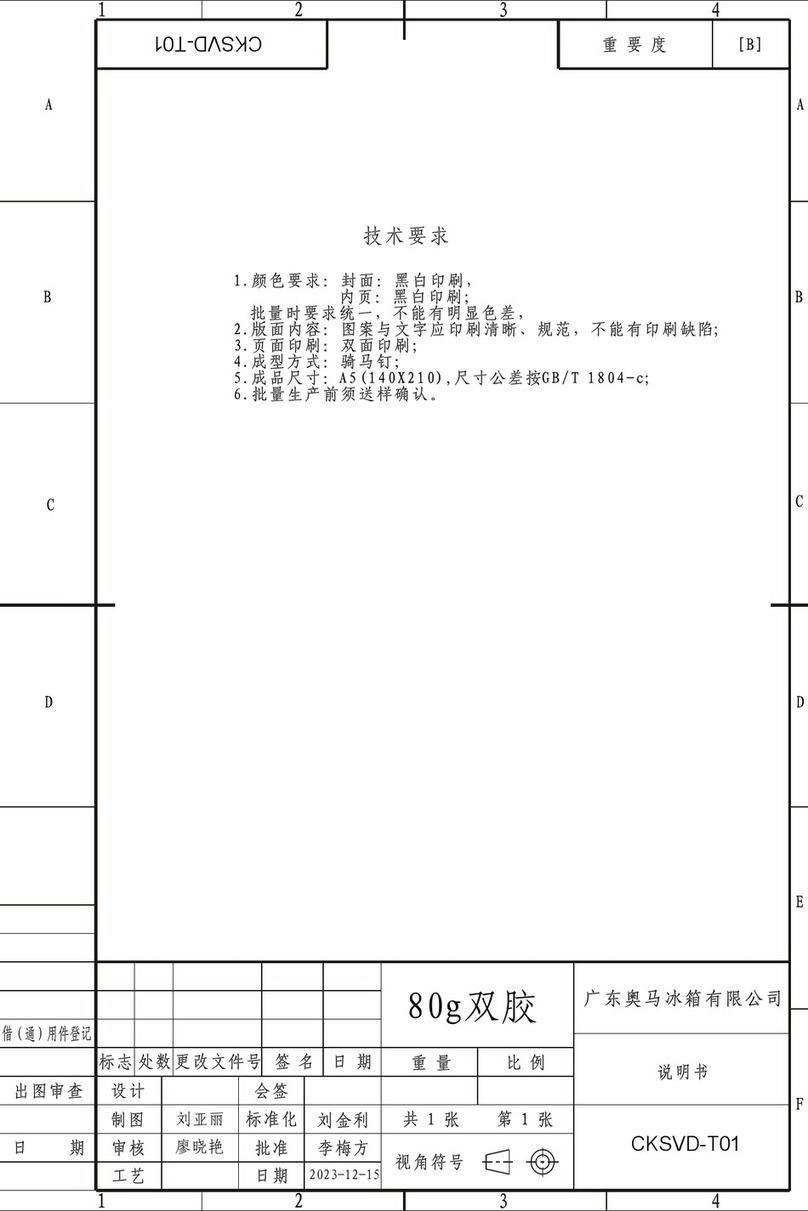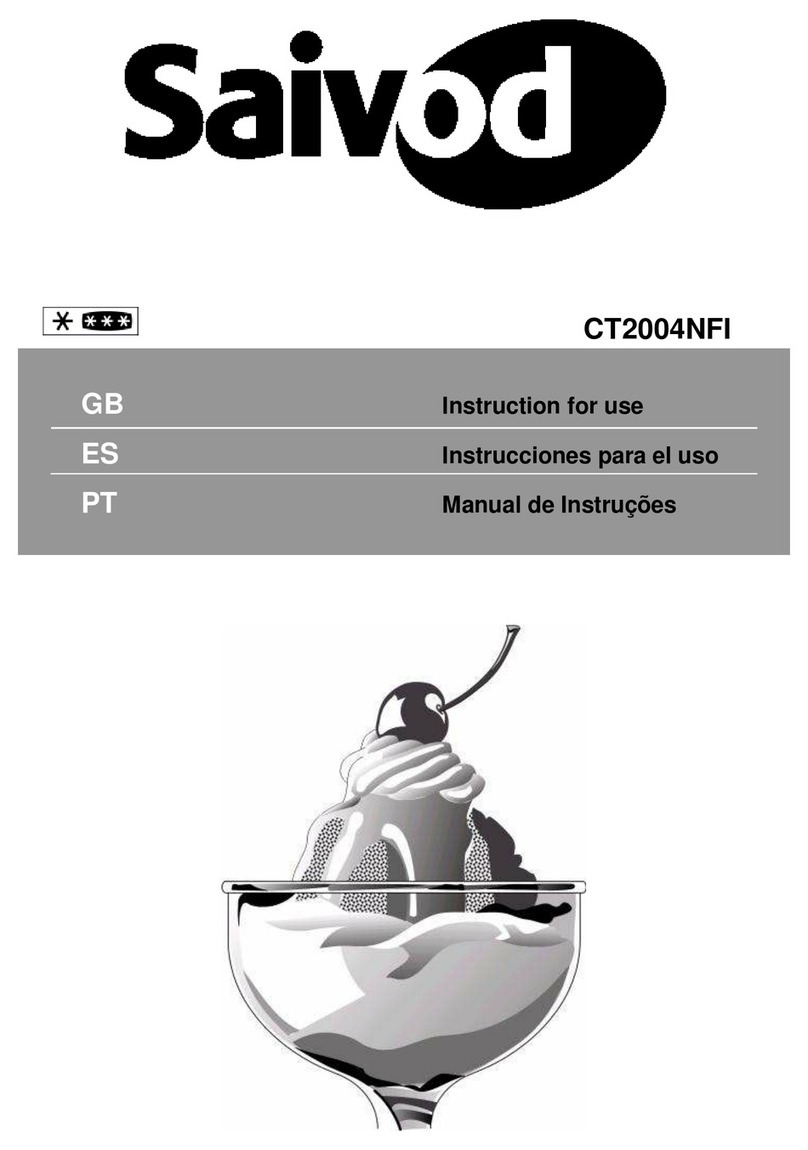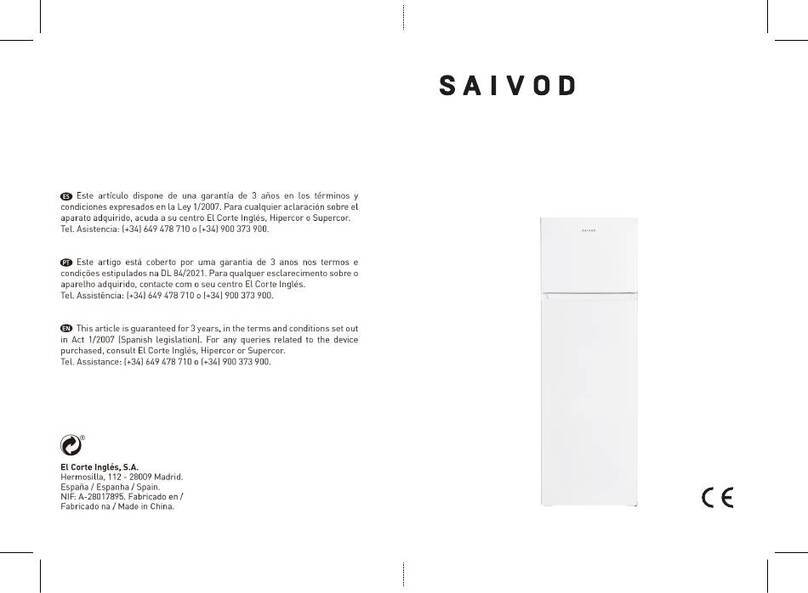Congratulations on your choice of our product which will certainly provide you with many years of
good service.
Safety comes first!
Please read the operating manual carefully. It contains important information on how to use your
device. If instructions are not adhered to, you may lose your right to service at no charge during the
warranty period. Please keep this manual in a safe place and pass it on to later users if applicable.
•Do not connect your appliance to the power supply until all packing and transit protectors have
been removed.
• Leave to stand upright for at least 4 hours before switching on to allow the system to settle if
transported horizontally.
• This appliance must only be used for its intended purpose, i.e. the storing and freezing of
edible foodstuff.
• We do not recommend use of this appliance in an unheated, cold room e.g. garage,
conservatory, annex, shed, outdoors, etc. See ‘Location’.
• On delivery, check to make sure that the product is not damaged and that all the parts and
accessories are in perfect condition.
• Do not operate a damaged appliance; if in doubt, check with your dealer.
• Do not allow children to play with the appliance.
• Do not sit or stand on or let the children sit or stand on the appliance or on the pull-out parts.
• Do not hang on the appliance door.
•Your device contains no fluoridated coolants (CFC/HFC), but contains the coolant isobutane
(R600a), a natural gas which is highly compatible with the environment.
(R600a) is easily flammable. Therefore, be sure that the cooling circuit is not damaged either
during transport or during operations.
In the event of damage;
• Avoid any open flame, sources of sparks and flammable substances.
• Immediately air the room in which the appliance is located.
• In case the coolant spraying out contacts your eyes it may cause eye injuries.
• The space in the room where the appliance is installed must not be smaller than 10 cubic metres.
•Do not dispose of the appliance in a fire. Your appliance contains non CFC substances in the
insulation which are flammable.
• Please contact the local authority in your region for information on disposal methods and
facilities available.
Warning - Keep ventilation openings on the appliance enclosure or in the built-in structure,
clear of obstruction.
Warning - Do not use mechanical devices or other means to accelerate the defrosting
process, other than those recommended by the manufacturer.
Warning - Do not damage the refrigerant circuit.
Warning - Do not use electrical appliances inside the food storage compartments of the
appliance, unless they are of the type recommended by the manufacturer.
• Avoid touching the metal condenser wiring on the backside of the appliance; there is risk of injury.
• In the event of a possible malfunction, disconnect the appliance from the power supply first.
• Prior to cleaning the device always unplug the power supply or shut off the fuse.
Do not pull from the cable - pull from the plug.
• Repairs to the electrical equipment may only be made by qualified experts. If the supply cord
is damaged, it must be replaced by the manufacturer, its service agent or similarly qualified
persons in order to avoid a hazard.
Original Spare parts will be provided for 10 years, following the product purchasing date.
